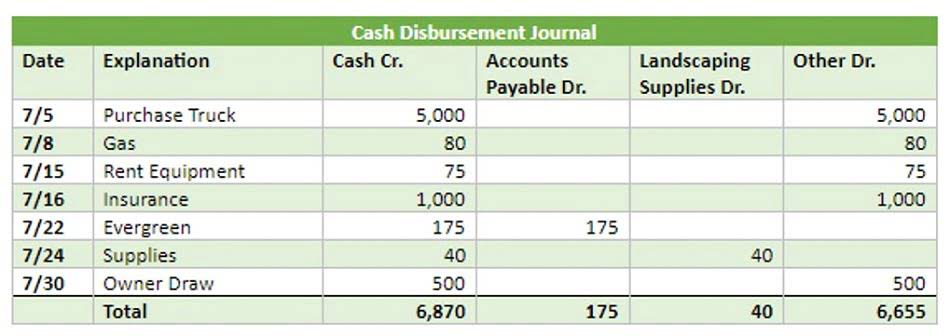What does FICA stand for? And how it affects your payroll taxes

Most workers will automatically see FICA withheld from their paychecks. Employers are legally required to payroll handle this on the employee’s behalf, then submit both their portion and the employee’s portion to the IRS. In addition, high earners are subject to an Additional Medicare Tax of 0.9%. This surtax kicks in once an employee earns over $200,000 in a calendar year.
Conclusion: Understanding FICA for Financial Planning

But you also get to claim a tax deduction for a portion of the taxes you’ve paid. The Medicare tax rate is 2.9%, but there is no income cap for Medicare. This brings the total tax rate to 15.3% for self-employed workers.
- The FICA tax applies to earned income only and is not imposed on investment income such as rental income, interest, or dividends.
- Initially, the focus was solely on Social Security benefits, but Medicare was included in 1965, broadening the scope of the act.
- It is also used to help identify spiritual issues patients face, spiritual distress, and patients’ spiritual resources of strength.
- Security Certification of the TurboTax Online application has been performed by C-Level Security.
- Not paying FICA taxes can result in penalties and interest from the IRS.
- We handle complex calculations, filings, and deadlines, ensuring your business remains compliant and avoids costly penalties.
- Over the years, Medicare was added to expand the program’s scope, providing health insurance for older Americans and certain disabled individuals.
FICA Tax: What Employers Need to Know in 2025

Understanding FICA taxes is essential for effective financial planning. These contributions ensure you and future generations have access to retirement and healthcare benefits. Knowing how FICA is calculated and its differences from other taxes can help you better understand your paycheck and financial future. While FICA taxes are generally mandatory for both employers and employees, there are certain limited exemptions. For employers, accurately calculating and withholding taxes is critical for compliance and to avoid penalties. To simplify the process for you, let’s explore the key requirements and tax rates.
FICA – A Key Part of Payroll
Individuals with earned income of more than $200,000 ($250,000 for married couples filing jointly) pay an additional 0.9% in Medicare taxes. If fica meaning you run a business or manage payroll, you’ve probably come across the term FICA. It might sound like just another payroll acronym, but FICA is one of the most important tax obligations that employers and employees face.

This guide is intended to be used as a starting point in analyzing FICA and is not a comprehensive resource of requirements. It offers practical information concerning the subject matter and is provided with the understanding that ADP is not rendering legal or tax advice or other professional services. Please consult your personal Debt to Asset Ratio tax or legal advisor should you have specific questions related to your circumstance. Find 2025 SUTA tax rate information and updates in the state(s) where you operate. In the 1960s, Medicare was introduced to rectify the fourth problem (health care for the elderly).

State-mandated taxes

FICA taxes also go to Medicare programs that fund older and certain disabled Americans’ health care costs. When you’re old enough, FICA funds collected from those still in the workforce will pay your benefits. FICA mandates that all wage earners contribute to the funding of Social Security and Medicare.
What is tax withholding?
- In 1965, the payroll tax to fund health care benefits was added when Medicare was signed into law by President Lyndon B. Johnson.
- Meanwhile, the Medicare portion of the tax—2.9%—doesn’t include a dollar limit on earnings.
- This wage cap changes every year, so make sure to check the Social Security Administration website for the latest information.
- This is typically done on a semiweekly or monthly basis, depending on your total payroll volume.
- Employers with a positive reserve ratio receive the lowest tax rates, while negative-ratio employers may encounter substantially higher rates.
- For self-employed individuals, contributions are made under the Self-Employed Contributions Act (SECA), a parallel system to FICA.
Additionally, students working at their enrolled university may qualify for exemptions. In other words, there are some specific paystub abbreviations that are company dependent. The above-listed pay stub abbreviations are generally used by most payroll companies. You may also be able find more resources in your employee handbooks or HR department. Some company usually imposes its own set of pay stub abbreviations to make it easier for employees to understand.
Why do I have to pay FICA tax?
While most workers contribute to FICA, some individuals qualify for exemptions. Certain religious groups can opt out if they meet strict IRS criteria, such as belonging to a recognized sect that opposes public insurance programs. Members must file IRS Form 4029 and, if approved, will not receive Social Security or Medicare benefits in retirement.











